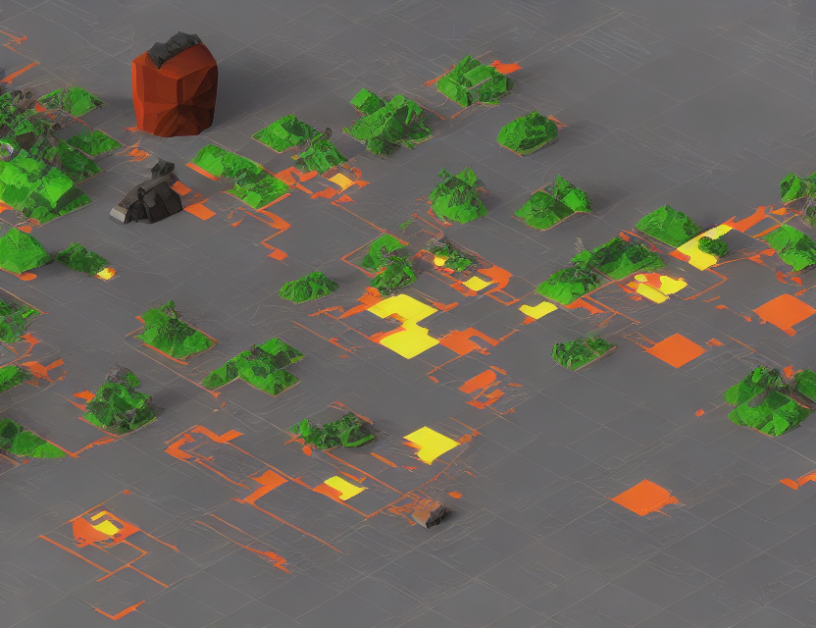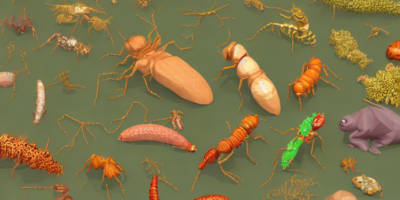Rule #2: Decay – The Key to Adaptive Behavior
In the world of neuroscience, there’s a lot happening inside our brains that we don’t fully understand. One important concept is called "decay," which refers to the way our brains forget things over time. This might seem like a bad thing, but it’s actually essential for learning and adaptation.
Think of your brain as a garden. When you learn something new, it’s like planting a flower in that garden. At first, the flower is fresh and vibrant, but as time goes on, it starts to wither and fade. That’s decay! But don’t worry, it’s not all bad news. Decay also helps us get rid of weeds (bad memories) that are taking up space in our brain garden, making room for new flowers (new knowledge) to grow.
The rate at which this happens is called the "decay rate." It’s like a clock ticking away, slowly but surely erasing old information from your brain. But here’s the thing: decay doesn’t happen randomly. Scientists have found that certain parts of our brains are more prone to decay than others, and some memories stick around longer than others.
So, what does this mean for us? Well, it turns out that the rate at which we forget things is actually important for learning new things! When we’re first learning something, it’s like a fresh flower in our brain garden. As time goes on, that flower starts to fade, but not before it’s had a chance to grow and bloom into something even more amazing.
In other words, decay helps us get rid of the old and make room for the new. And that’s why Rule #2 is so important: it helps us understand how our brains work, and how we can use that knowledge to learn and adapt in the best possible way.
But there’s more! Scientists have also found that different populations of neurons in our brain have different decay rates. It’s like different parts of the garden have different types of soil that affect how quickly the flowers grow and fade.
So, what does all this mean for us? Well, it means that we need to be mindful of how we learn and how we use our brains. By understanding how decay works, we can optimize our learning processes and make the most of our brain’s natural ability to adapt and change. And who knows? Maybe one day we’ll be able to manipulate decay rates to improve our memory and learning abilities even further!
In summary, Rule #2 teaches us that decay is a vital part of how our brains work. It helps us forget old information, make room for new knowledge, and adapt to changing circumstances. By understanding how decay works, we can better utilize our brain’s natural abilities and unlock even greater potential for learning and growth.



